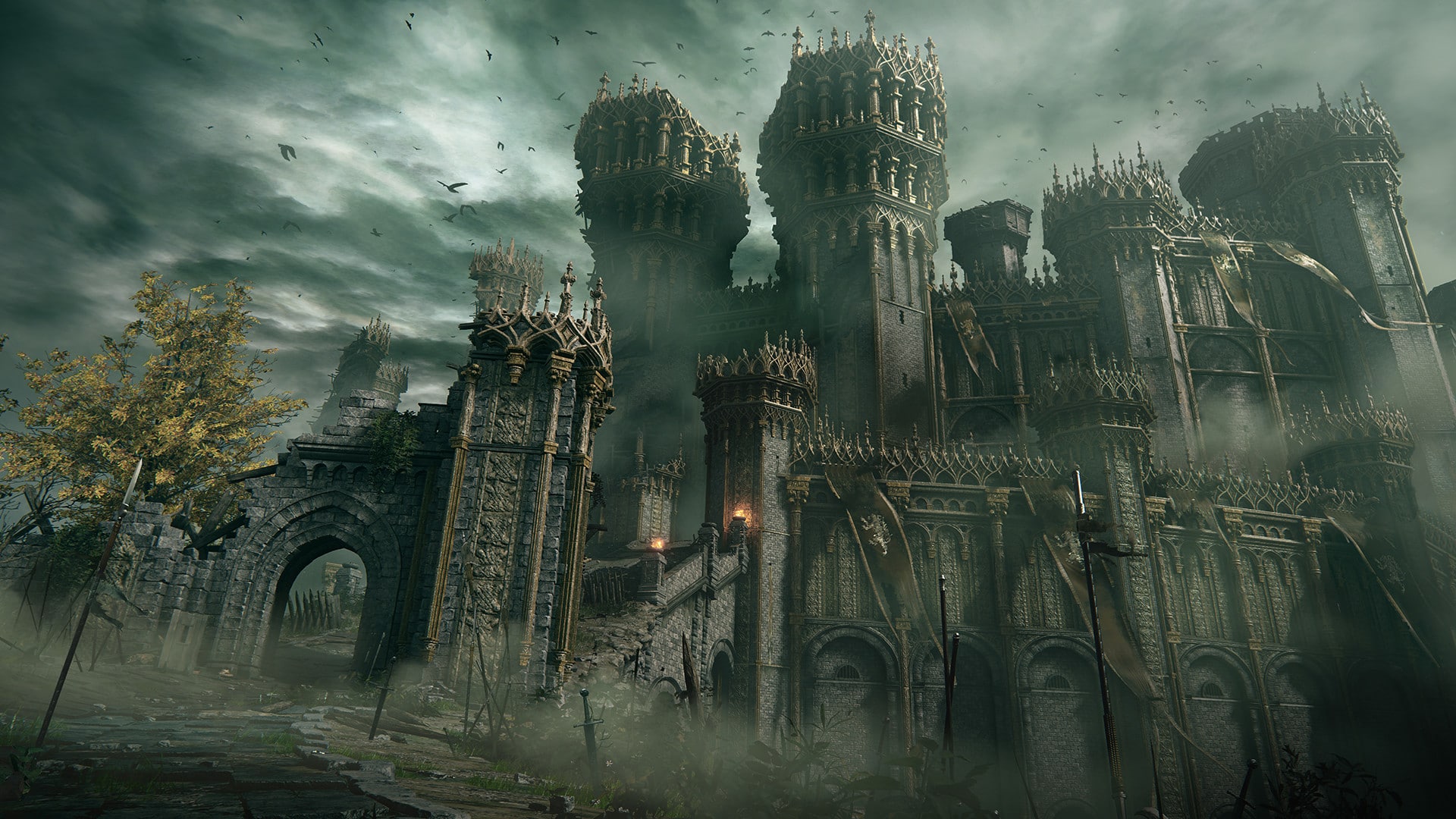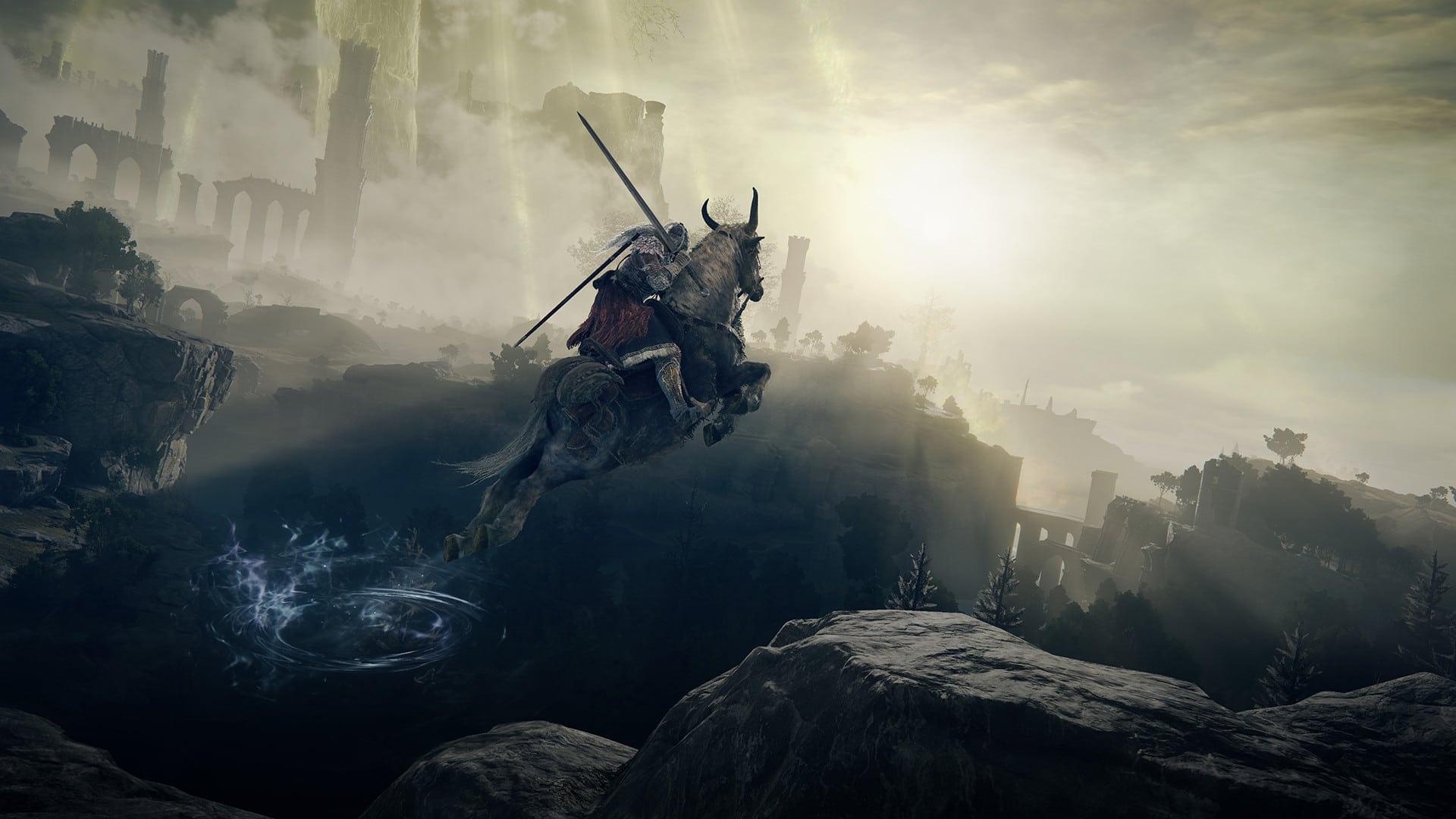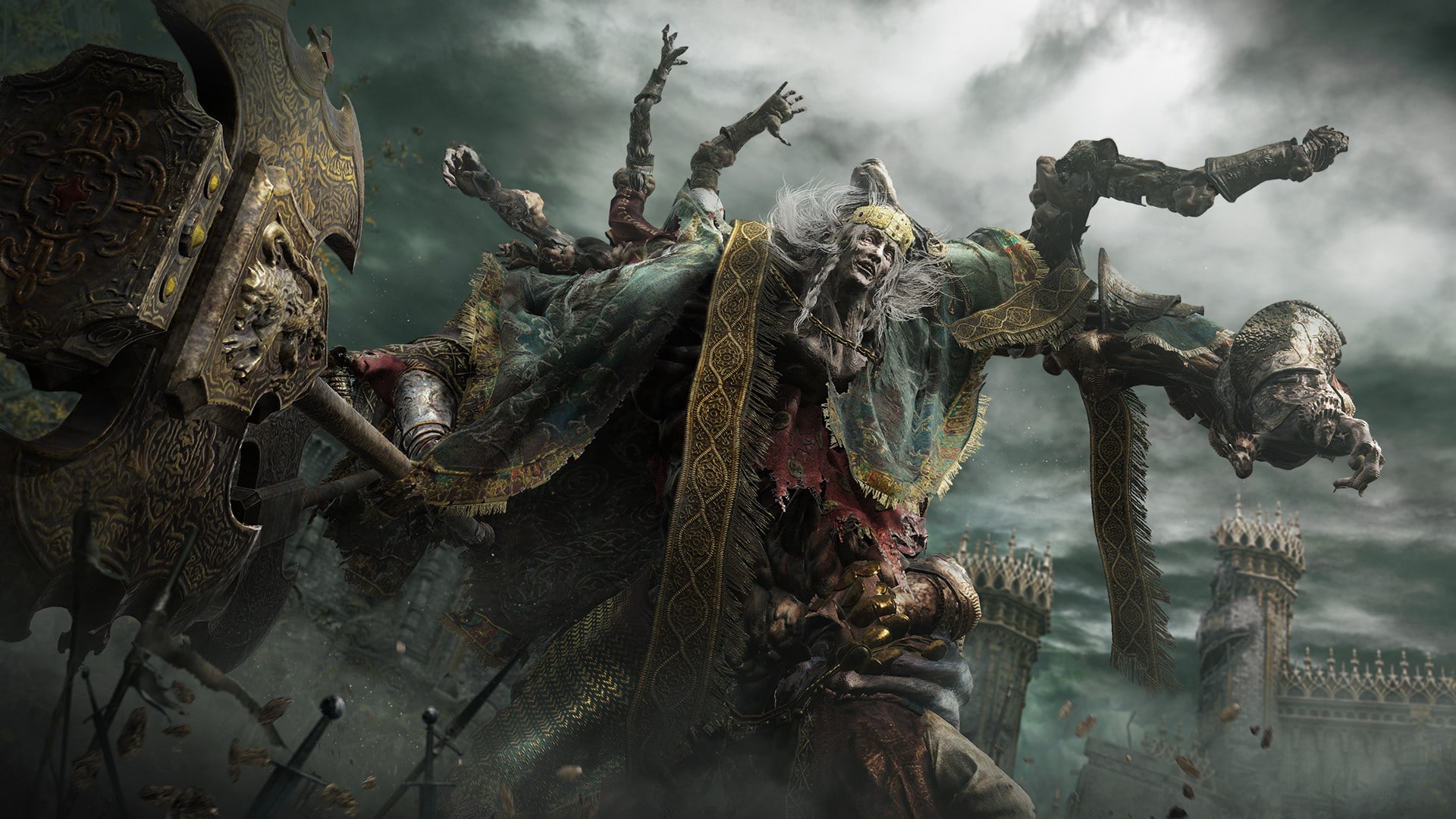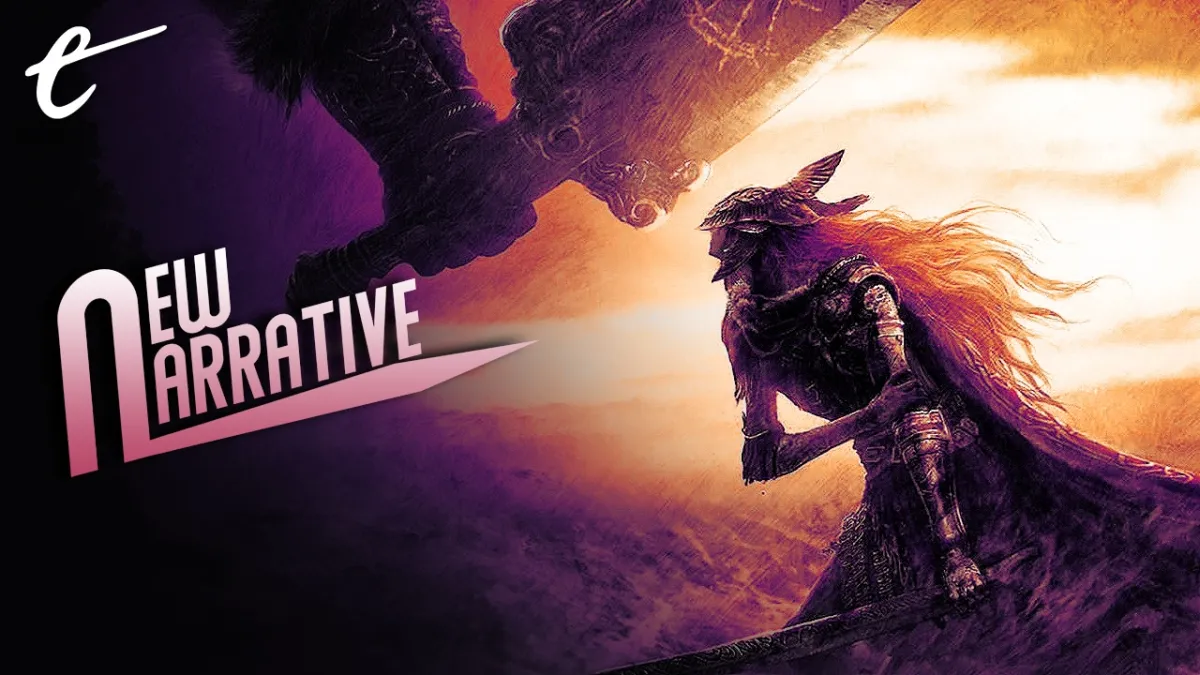This is a largely spoiler-free discussion of decadence, decay, and post-apocalypse in FromSoftware games, including Demon’s Souls, Dark Souls, Bloodborne, Sekiro, and Elden Ring!
The post-apocalypse is well-trodden territory in video games, from Wasteland to Fallout or The Walking Dead to Dying Light. All these settings share a common premise: humanity trying to carve out a new kind of existence in the shell of the old world following a cataclysmic tipping point. Sometimes they represent our world, but in miniature and stripped down to its barest essentials and cruelest of interactions. Yet despite the bleak premise, these games are often built around hope and a sense of progress as humanity tries to move beyond whatever catastrophe broke the world. People band together into new communities, rebuild, carry out new research, even make art, and they try to look to the future.
FromSoftware turns the post-apocalypse on its head. Its best-known games are also built around civilizations living in the wake of cataclysms, but their high fantasy worlds look backwards to better, grander times. The narrative endpoint is imitative restoration rather than progress, while the existing populations languish in the ruins of the old worlds, decaying or falling into decadence as they obsess over leftover pieces of those worlds. As a result, FromSoftware’s games cultivate a singular sense of forlorn bleakness and lonely abandonment.
In Demon’s Souls, Boletaria is menaced by the return of the world-eating Old One. In the Dark Souls series, its worlds are subject to cycles of kindling and waning of the Flame, with successive generations living within or atop the ruins of their predecessors. In Bloodborne, the city of Yharnam is tainted by a growing blood sickness and an ever-present eldritch nightmare, while the city’s obsession with blood has led it to become insular and driven its inhabitants insane. In Sekiro: Shadows Die Twice, the setting is Japan’s infamous Sengoku period of civil war, with a focus on a dying clan corrupted by the promise of immortality.

In all cases, there is an emphasis on repeated mistakes, decline, or patterns of cultural ebb and flow. Buildings decay and crumble while creatures grow grotesque and twisted. Those in power obsess over the source of their power, while the rest eke out a miserable existence in their shadow, often as isolated individuals from defunct factions or fraternities.
All these FromSoftware games share an obsession with an idealized version of their fictional pasts — the suggestion is always that as civilization waxes and wanes, it moves further downwards, away from its historical peak. The next cycle might approximate the previous one, but it will never quite live up to it. So, for example, Dark Souls 3’s final DLC, The Ringed City, opens upon a literal heap of discarded architecture — buildings piled on top of each other like layers of fossilization. The player, in one way or another, is always given the choice to break the cycle or become part of the new one.
Elden Ring is no exception to these themes, but it is perhaps their clearest expression yet. The Lands Between, the game’s open-world setting, has been subjected to the Shattering. The titular Elden Ring has been broken; its shards have found their way into the hands of the demigod children of the Queen of the Lands Between, who are corrupted by the shards’ power. As the exiled Tarnished, it’s your role to return to the Lands Between and restore the Elden Ring.

Even if it might have been written by George R.R. Martin, the premise is quintessentially FromSoftware. A majestic civilization brought low by a cataclysm. Corruption eating away at the lords of the land, who covet profane knowledge and power, and who are a mere shadow of the land’s old leaders. And all the while there is a yearning for the old days, for restoration and a climb back to the old peak of civilization.
Elden Ring is the clearest expression of FromSoftware’s obsession with cultural and social decadence not just because of the premise, but because the size of its world lets you witness more of it. There are fields strewn with collapsed masonry, towns half-submerged in swamps, dilapidated churches occasionally occupied by lonely and singular NPCs — the Pope hat-wearing tortoise, for example, or the ornery recluse obsessed with boiled shrimp.
Above all, Elden Ring is the first FromSoftware game that lets you gaze out at the horizon and see fairytale castles perched atop impossible cliffs, only to draw near and have that illusion fall away, gradually replaced by a perception of decay and ruin. Look to Stormveil Castle, for example, and it will seem like an imposing and impressive work of engineering. Draw closer, however, and you will find that it is riddled with holes, like an enticing apple eaten by a worm. The castle is home to Godrick the Grafted, one of the Queen’s demigod children, obsessed with harvesting body parts to graft onto himself and spider-like abominations.

You will come across guarded caravans pulled by giants and thronged by processions of standard-bearing undead, but it is unclear where they are going or why. You will clear out encampments flying banners that mean nothing to you but likely recall alliances long dead or forgotten. You will stumble into mines that are hard at work excavating smithing materials, but you won’t know where they are being transported or why. You will come across gigantic lifts that connect disparate regions but find that they are inactive and the enormous halls they are housed in are deserted. Despite the fact that the Lands Between never leave you short of things to do, galloping across them conjures up a similar feeling of melancholy as Shadow of the Colossus’s minimalist treks atop Agro.
It may be more instructive to view the world of Elden Ring less as some kind of inverted post-apocalypse or high fantasy nightmare and more as an example of the so-called Dying Earth subgenre, exemplified by the likes of Jack Vance’s Dying Earth series and Gene Wolfe’s The Book of the New Sun. In the latter, protagonist Severian journeys across an Earth so ravaged by a dying sun and repeating patterns of decay and conflict that it can offer him nothing more hopeful than an opportunity to break that pattern. So with Elden Ring and so perhaps even the greater FromSoftware canon — after seven games and 12 years of refinement and renewal, what will the next title look like?






Published: Mar 9, 2022 11:00 am